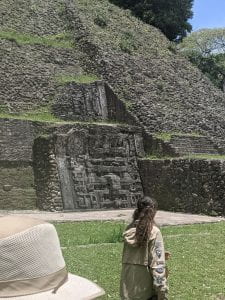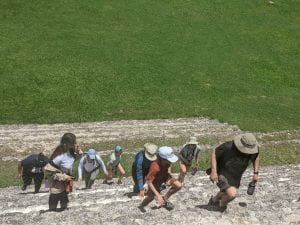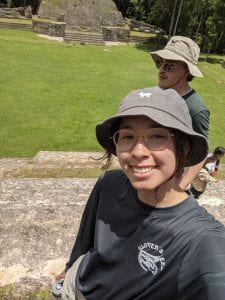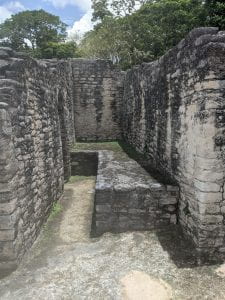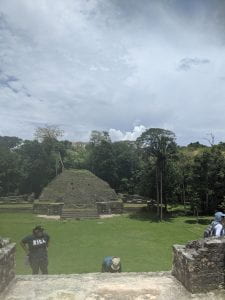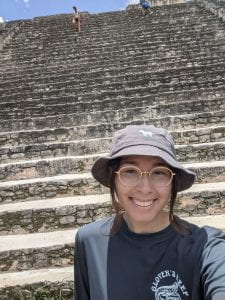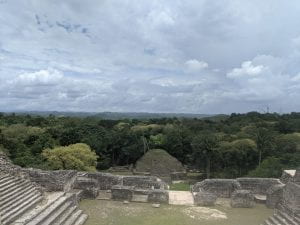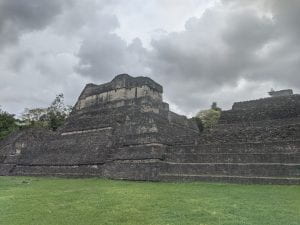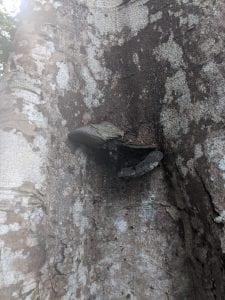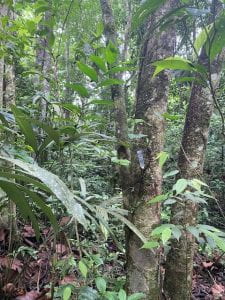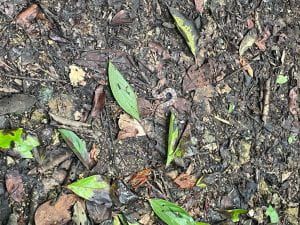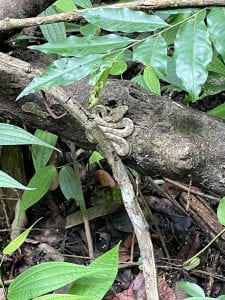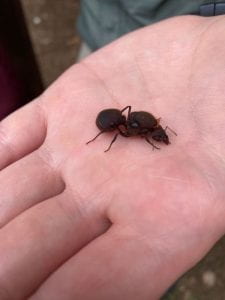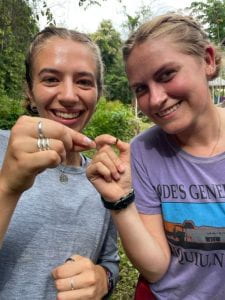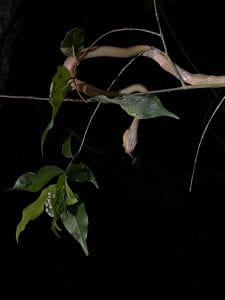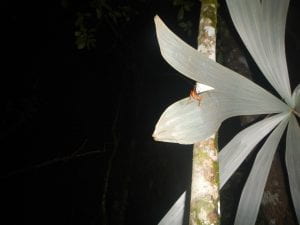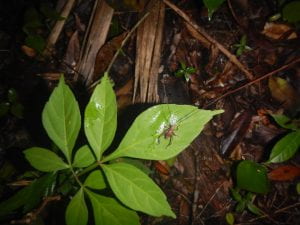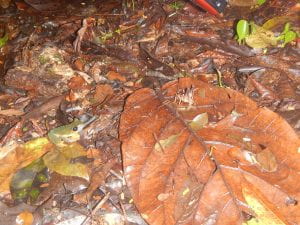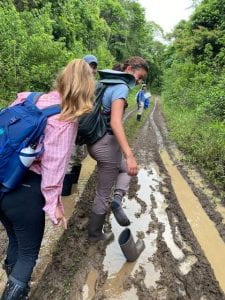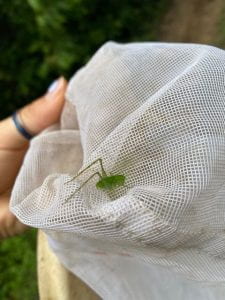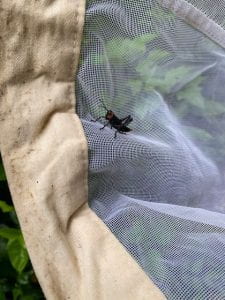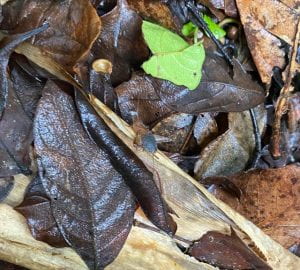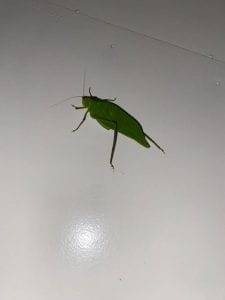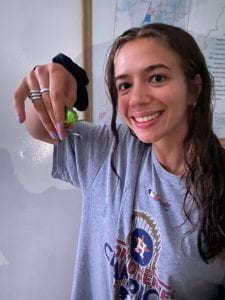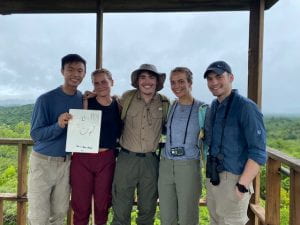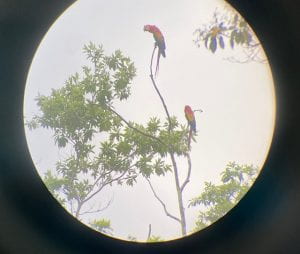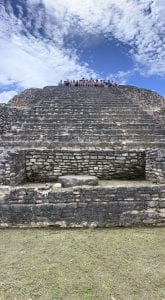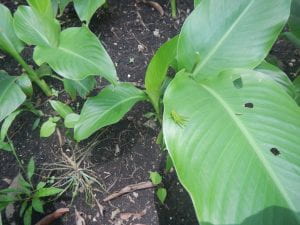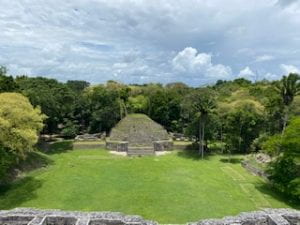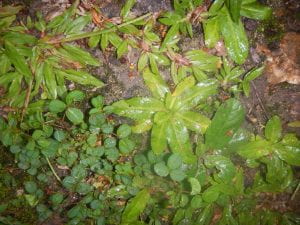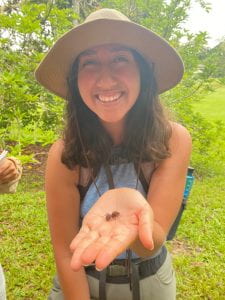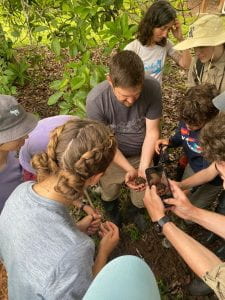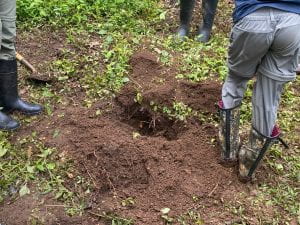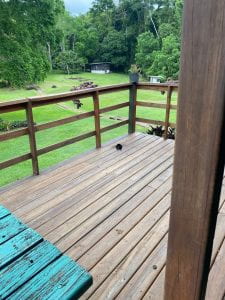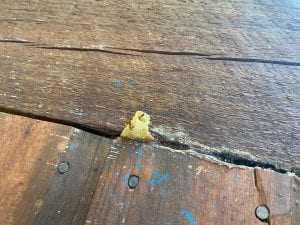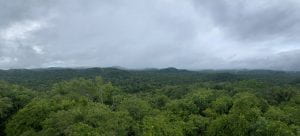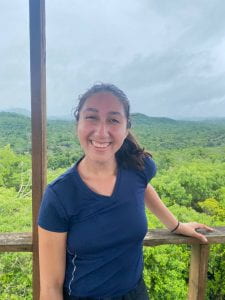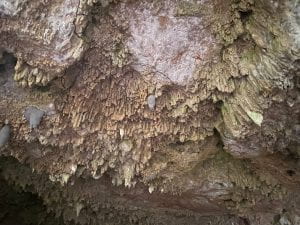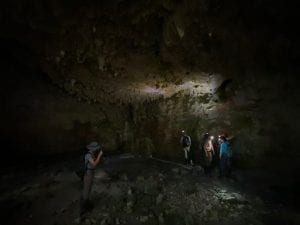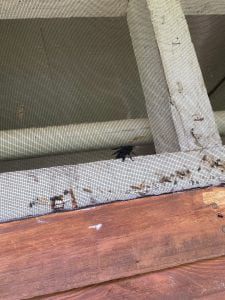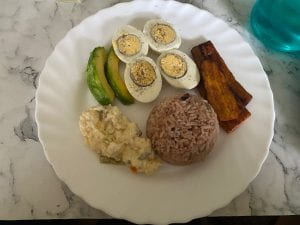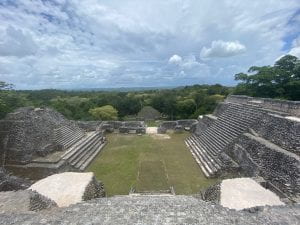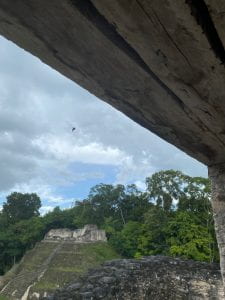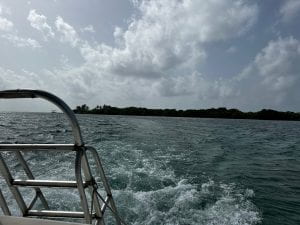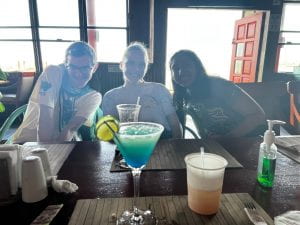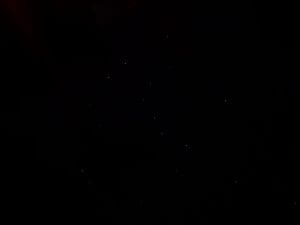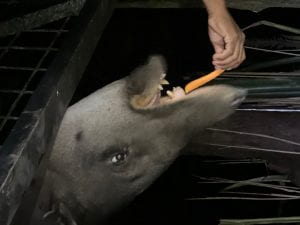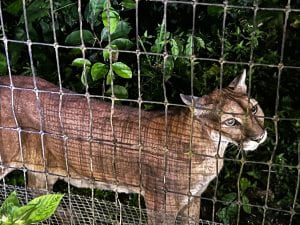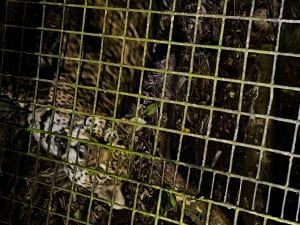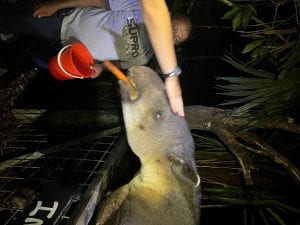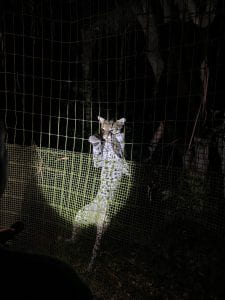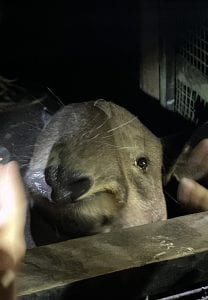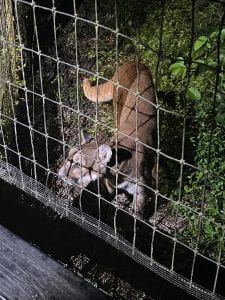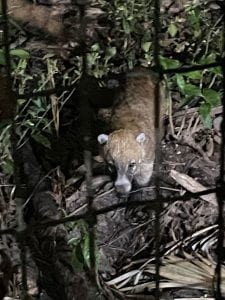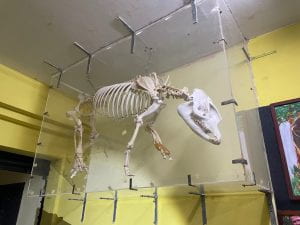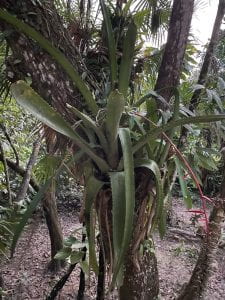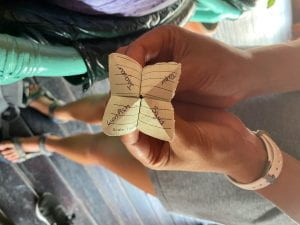What an exhausting day! We had breakfast at 6:30 and planned to be out around 7 am. After a few hours of driving, a gas pit stop and a pretty uncomfortable nap we were really in the jungle. The change was pretty apparent, you couldn’t see anything past the road because the trees were so dense, the road became more of a dirt path with lots of ditches and rocks and plants overgrowing it, so we spent several hours of the drive being jostled back and forth and generally tossed around, it felt bumpier than the boat trip yesterday! We got to talk to our guide Leo, during the ride, ask him lots of questions about the area, the plants the animals, and even just the history of Belize. We eventually arrived at Caracol, a Mayan city that was now an archeological site. Our guide estimates that they’ve only excavated 1% of it, and they haven’t even been able to
thoroughly study that 1% that’s been uncovered. He was even in some of the excavations back when they were doing major excavation work. We saw the palace/temple of Caracol, apparently it
started as a temple, then the king built his palace on top of it, and we got to climb the steps all the way to the top, someone said it’s the highest manmade point in Belize, and it seemed like it, you could practically see over all the other mountains around us!
I bet today was great for anyone with an insect or bird or plant taxon, plenty of those around, but it was much harder to find lichens and fungi, even trying to tell what was lichen and what was the pattern of the tree bark was difficult. In Caracol I managed to find two lichens, both crustose, one was white (like your standard tree bark lichen), the other was orange and was growing along the stone of the palace towards the top of the site. We also saw a shelf mushroom, it was looking a little degraded so I couldn’t get any distinct pattern or color or shape, but I’m sure we’ll find plenty more tomorrow!

